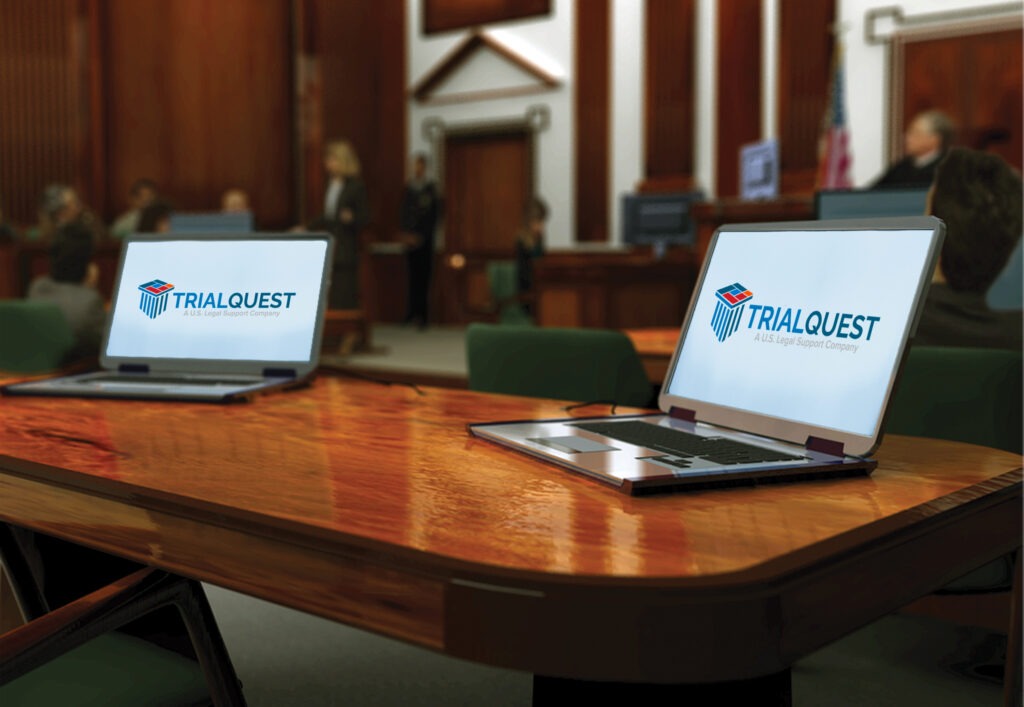Improve your case with dynamic and well-structured trial presentations that make evidence clear.
Improve your case with dynamic and well-structured trial presentations that make evidence clear.
Blog Article
Exactly How Test Presentations Enhance Your Debate and Persuade Jurors
Test presentations serve as a critical mechanism for boosting legal arguments and convincing jurors. The tactical use of visuals not just clarifies intricate info but additionally catches jurors' focus a lot more efficiently than words alone.

Importance of Aesthetic Help
Visual aids play an essential duty in improving the efficiency of trial discussions, as they can considerably increase target market interaction and retention of information. In the context of a test, where jurors are charged with handling complicated information, aesthetic help serve to streamline and clear up bottom lines. Charts, charts, and pictures can share data and principles that may otherwise bewilder or confuse jurors, enabling for an extra simple understanding of the proof provided.
In addition, visual aids aid in maintaining juror interest throughout the proceedings. By breaking the uniformity of verbal testament, these devices can punctuate essential arguments, making them extra memorable. Efficient aesthetic aids can likewise stimulate emotional actions, which can be pivotal in convincing jurors to align with the speaker's story.

Crafting Engaging Stories
A compelling narrative is essential in trial discussions, as it serves as the backbone of efficient persuasion. It permits attorneys to weave together realities, proof, and emotional aspects right into a coherent story that reverberates with jurors. This narrative framework enables jurors to understand the intricacies of the instance while guiding them through the attorney's disagreement.
To craft an engaging narrative, attorneys ought to concentrate on quality and comprehensibility. This involves establishing a clear protagonist-- commonly the customer-- and detailing their journey through the events concerned. Providing the truths in a rational series boosts understanding and keeps involvement. Additionally, using vibrant descriptions can produce mental pictures that assist jurors imagine the events, making the narrative much more unforgettable.
In addition, incorporating crucial themes throughout the presentation enhances the core message and help in retention - trial presentations. The story ought to not only convey details yet likewise evoke a sense of justice, highlighting the stakes entailed. Inevitably, a well-constructed narrative fosters a link between the jurors and the situation, positioning the lawyer's debate as both legitimate and engaging, thus increasing the likelihood of a desirable judgment

Involving the Jury Psychologically
Efficient court interaction pivots on the attorney's capacity to link with jurors on an emotional degree. This link can substantially impact jurors' more information assumptions and their supreme decision-making. Making use of sob stories allows lawyers to humanize the case, transforming abstract lawful concepts look at this site right into relatable experiences. By presenting real-life stories or testimonials, attorneys can stimulate empathy and empathy, cultivating a deeper understanding of the problems at risk.
Aesthetic help, such as photographs or video clips, can better boost psychological engagement, supplying jurors with dazzling representations of the situation's human components. Crafting a story that highlights the battles and triumphs of the individuals included makes certain that jurors see beyond the legal disagreements and acknowledge the human effects of their decisions.
Additionally, tone and body movement play an important function in sharing feeling. A lawyer's enthusiastic delivery can resonate with jurors, reinforcing their emotional investment in case. It's necessary to Visit Website stabilize sob stories with valid proof, ensuring that jurors feel compelled to act while remaining grounded in the truth. Ultimately, a mentally engaged jury is more probable to be convinced, making emotional connection a vital component of effective test discussions.
Structuring Your Discussion

The body of the discussion must be realistically fractional into bottom lines, each supported by engaging evidence. It is advantageous to make use of narration techniques to weave truths into a story that jurors can quickly adhere to. Visual help, such as charts and video clips, can improve comprehension and interaction, helping to highlight essential pieces of proof.
Real-World Study
Taking a look at real-world study offers invaluable insights right into the art of trial discussions and persuasion. For circumstances, the site instance of "O.J. Simpson v. Individuals of California" shows just how visual help and engaging narratives can persuade court assumptions. The defense team properly employed a technique that incorporated high-profile professional statements with multimedia discussions, which captivated jurors and ultimately affected their choice.
One more significant instance is the "McDonald's Coffee Instance," where the complainant's lawyers made use of visuals photos of the injuries sustained by Stella Liebeck. trial presentations. This stark aesthetic proof played an essential role in sharing the severity of her burns, resulting in a considerable jury award. Such cases show that impactful test discussions usually depend upon the reliable combination of visuals and storytelling to evoke emotional responses from jurors
In addition, the "Casey Anthony Test" highlighted the value of narrative coherence and integrity. The prosecution's failure to establish a compelling timeline reduced their convincing power, underscoring the need of a well-structured discussion. Examining these situations reveals that effective trial presentations call for calculated planning, psychological engagement, and the capacity to reverberate with jurors' values and ideas.
Conclusion
Test presentations dramatically enhance disagreements and persuade jurors with the critical use of aesthetic aids, compelling stories, and emotional interaction. A well-structured discussion balances emotional allures with factual evidence, inevitably resonating with jurors' values.
Report this page